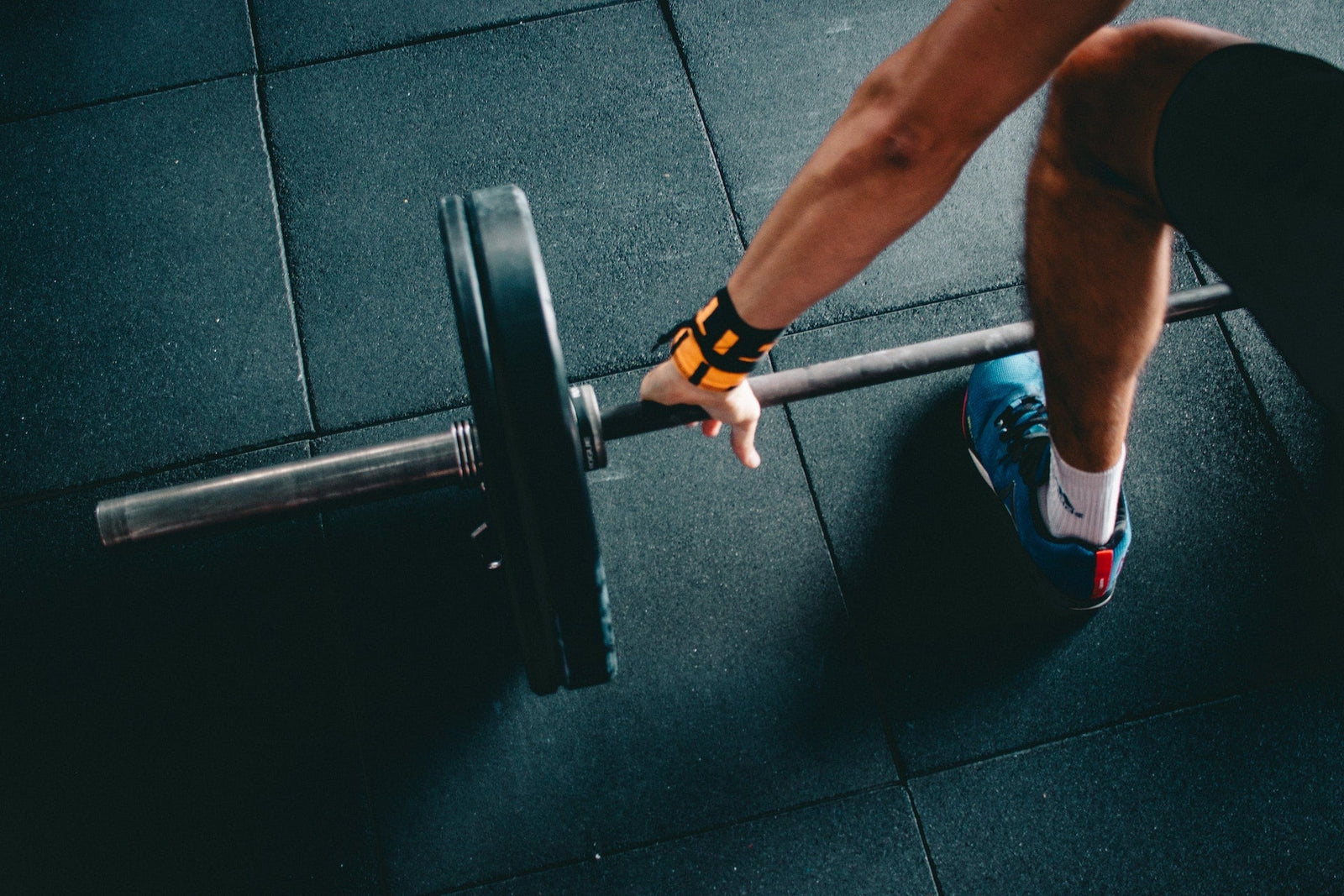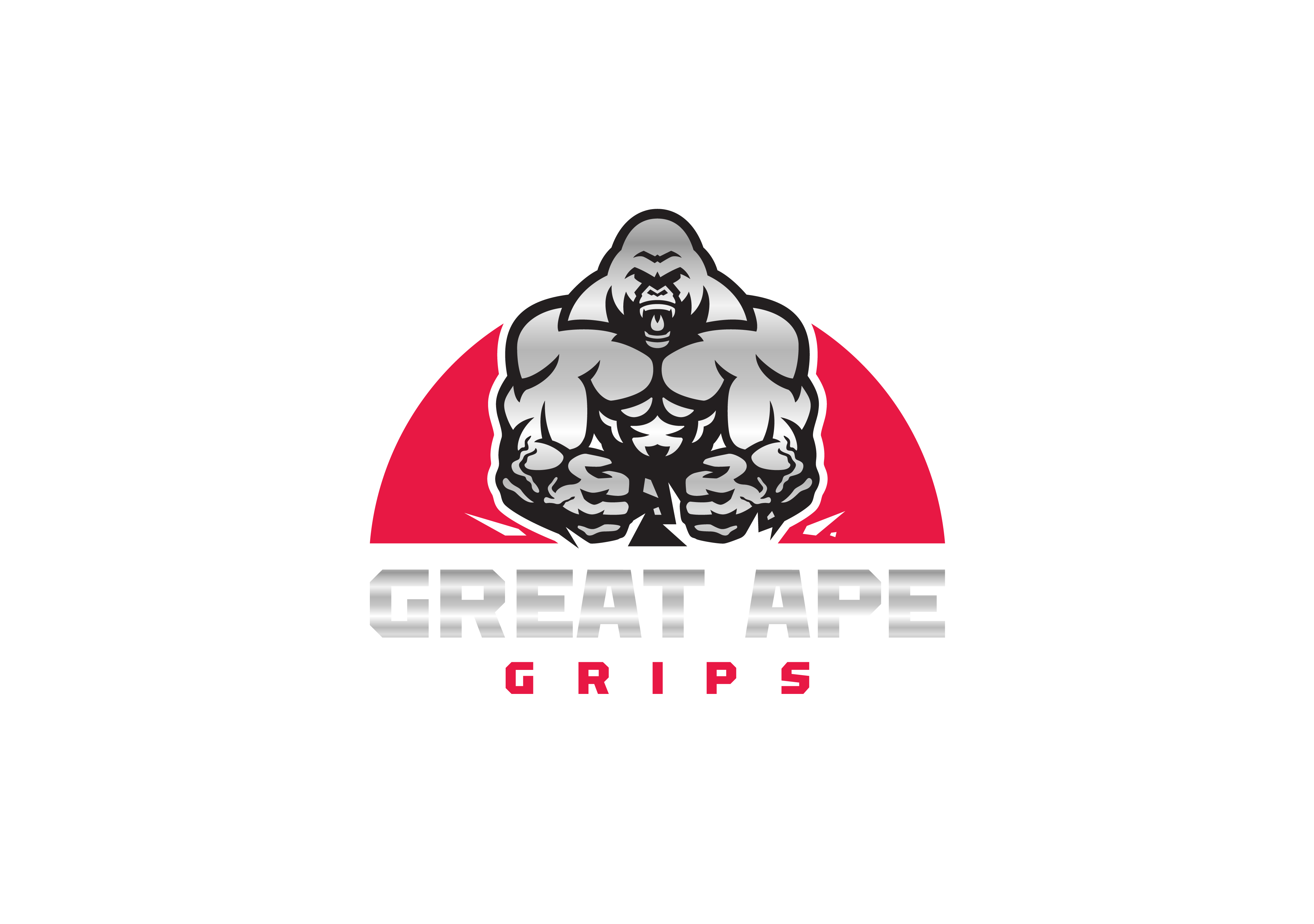Hand Strength Training for Athletes: Key Exercises and Strategies

Table of Contents
- Introduction
- Understanding Hand Strength Training for Athletes
- Essential Hand Strength Exercises
- Training Strategies for Optimal Results
- Integrating Hand Strength Training into Sports Practice
- Nutrition and Hand Strength
- Recovering and Restoring Hand Health
- Tracking Progress and Improvement
- Avoiding Common Mistakes in Hand Strength Training
- Conclusion
- FAQs
Introduction
In the world of athletics, physical strength and performance play a crucial role. While athletes often focus on training major muscle groups like legs, back, and chest, one area that is frequently overlooked is hand strength. The strength of an athlete's hands and grip can significantly impact their overall performance in various sports and activities. In this article, we will explore the importance of hand strength training for athletes, highlight key exercises, and discuss effective strategies to enhance hand performance.
Understanding Hand Strength Training for Athletes
2.1 The Importance of Hand Strength in Athletics
Athletes require strong hands for a multitude of reasons. A powerful grip can enhance performance in weightlifting, improve ball-handling skills in sports like basketball and football, and provide better control in racquet-based sports such as tennis and badminton. Hand strength is also vital in combat sports, martial arts, rock climbing, and gymnastics.
2.2 Types of Athletes Who Benefit from Hand Strength Training
Hand strength training is beneficial for athletes across various disciplines. It can significantly impact the performance of weightlifters, climbers, golfers, tennis players, gymnasts, wrestlers, and martial artists, among others.
2.3 The Role of Grip Strength in Sports Performance
Grip strength, a key component of hand strength, is vital for holding onto objects, controlling implements, and generating force during athletic movements. A stronger grip translates to better performance in many sports, enabling athletes to excel in their respective fields.
2.4 Common Hand Injuries in Athletes
Athletes are susceptible to hand injuries, such as sprains, strains, and overuse injuries. Hand strength training not only improves performance but also helps in injury prevention and faster recovery.
Essential Hand Strength Exercises
3.1 Hand Grippers and Grip Strengtheners
Hand grippers are compact and practical tools for hand strength development. They work by squeezing the handles together, targeting the muscles responsible for grip strength. Various resistance levels cater to athletes of different abilities.
3.2 Farmer's Walk
The farmer's walk is a simple yet highly effective exercise that involves walking while carrying heavy weights in each hand. This exercise not only strengthens the hands but also works the entire upper body and core.
3.3 Plate Pinches
Plate pinches involve gripping weight plates between the fingers and holding them for a specified duration. This exercise enhances pinch grip strength and finger dexterity.
3.4 Wrist Curls and Reverse Wrist Curls
Wrist curls involve flexing the wrist upwards, targeting the forearm muscles, while reverse wrist curls target the extensor muscles. These exercises are essential for balanced hand strength.
3.5 Finger Push-Ups
Finger push-ups are a challenging bodyweight exercise that requires pushing up from a flat surface using only the fingers. They build finger strength, stability, and coordination.
3.6 Great Ape Grips
This is where we come in, Great Ape Grips. Great Ape Grips is a grip strength tool modeled from the old-fashioned rice bucket workout. It consists of a 3 lb bag of rice with an ambidextrous glove inside. The workout you get has resistance against all movements, which exercises more muscles than any other grip strength product.
This modern adaptation offers a convenient and effective tool that engages multiple muscle groups in your hands, fingers, and forearms. Great Ape Grips' compact design ensures its portability, allowing you to carry your grip strength training wherever you go. Whether traveling, at the office, or in the gym, our Grip Tool offers a convenient way to engage in effective exercises on the fly. Its size and versatility make it the perfect companion for maintaining your grip strength routine anytime, anywhere.
Check out our Great Ape Grips here:
Training Strategies for Optimal Results
4.1 Frequency and Duration of Hand Strength Workouts
To achieve optimal results, athletes should incorporate hand strength workouts into their training routines 2-3 times per week. Each session should last around 15-20 minutes, focusing on different exercises to target various hand muscles.
4.2 Combining Hand Strength Training with Overall Strength Training
Integrating hand strength exercises with regular strength training sessions can enhance overall athletic performance. Athletes should choose exercises that complement their specific sport or activity.
4.3 Progressive Overload and Variation
Like any other training regimen, progressive overload is essential for hand strength development. Athletes should gradually increase resistance or difficulty levels to challenge their hand muscles continuously.
4.4 Proper Hand Care and Injury Prevention
Athletes should prioritize hand care to avoid injuries. Regularly massaging and stretching the hands can improve flexibility and reduce the risk of strains and sprains.
Integrating Hand Strength Training into Sports Practice
5.1 Sports-Specific Hand Strength Exercises
Different sports demand specific hand strengths. Athletes should tailor their hand strength training to include exercises that mimic movements relevant to their sport.
5.2 Incorporating Hand Strengthening Drills in Training Sessions
Coaches can integrate hand-strengthening drills into regular training sessions to ensure athletes develop well-rounded hand strength along with sport-specific skills.
5.3 Mental Focus and Visualization Techniques
Mental focus and visualization can enhance the effectiveness of hand-strength training. Athletes should visualize their success and maintain focus during workouts.
Nutrition and Hand Strength
6.1 Nutrients for Healthy Hands and Joints
Proper nutrition is essential for hand health and overall athletic performance. Foods rich in vitamins, minerals, and healthy fats contribute to strong and supple hands.
6.2 Hydration and Hand Performance
Staying adequately hydrated is crucial for optimal hand function. Dehydration can lead to reduced grip strength and impaired hand dexterity.
Recovering and Restoring Hand Health
7.1 Importance of Hand Mobility and Flexibility
Maintaining hand mobility and flexibility is vital for injury prevention and overall hand health. Athletes should perform hand stretches regularly.
7.2 Hand Massage and Self-Care Techniques
Massaging the hands regularly can enhance blood circulation and promote faster recovery after intense training sessions.
7.3 Hand Stretching Exercises
Incorporating hand stretching exercises into warm-up and cool-down routines can help maintain hand flexibility and prevent injuries.
Tracking Progress and Improvement
8.1 Keeping a Hand Strength Training Journal
Maintaining a training journal allows athletes to track progress and identify areas for improvement. It also helps in creating structured and effective training plans.
8.2 Using Technology for Assessment and Tracking
Technological tools like grip strength meters can objectively assess hand strength and progress over time.
Avoiding Common Mistakes in Hand Strength Training
9.1 Overtraining and Injury Risks
Athletes must avoid overtraining their hands to prevent injuries and give ample time for recovery between sessions.
9.2 Neglecting Warm-up and Cool-down
Proper warm-up and cool-down routines are essential for preparing the hands for exercise and reducing post-workout stiffness.
9.3 Lack of Consistency in Hand Strength Workouts
Consistency is key to seeing improvements in hand strength. Athletes should adhere to their training schedules and avoid skipping workouts.
Conclusion
Hand strength training is a vital component of athletic performance that often goes unnoticed. Strong hands and a powerful grip can lead to better performance and injury prevention across a wide range of sports. Athletes should prioritize hand strength exercises, complement them with proper nutrition and rest, and integrate them into their regular training routines. By doing so, they can unlock their full athletic potential and succeed in their respective fields.
FAQs
11.1 What sports benefit the most from hand strength training?
Hand strength training benefits various sports, including weightlifting, rock climbing, tennis, basketball, golf, and combat sports like wrestling and martial arts.
11.2 Can hand strength training improve grip strength for weightlifting?
Yes, hand strength training can significantly improve grip strength, leading to enhanced weightlifting performance and reduced risk of dropping weights.
11.3 Are there any hand exercises suitable for rock climbers?
Yes, rock climbers can benefit from finger-specific exercises, such as finger push-ups and hang board training, to improve finger and grip strength.
11.4 How often should athletes perform hand-strength workouts?
Athletes should aim for 2-3 hand strength workouts per week, allowing ample time for rest and recovery between sessions.
11.5 Can hand strength training prevent hand injuries in athletes?
Yes, hand strength training can help prevent hand injuries by increasing hand strength, flexibility, and resilience, reducing the risk of strains and sprains.








